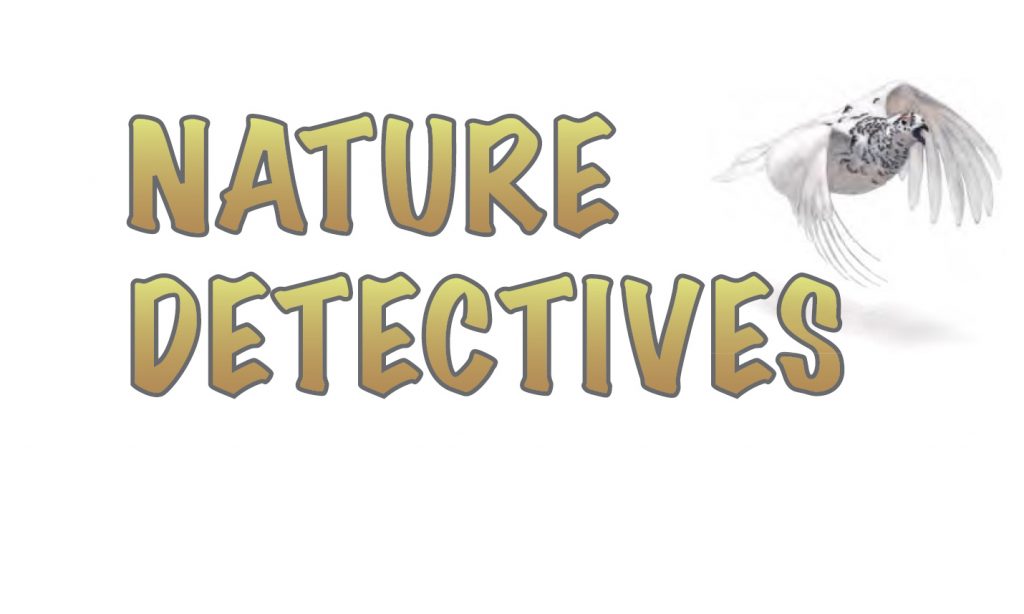Ptarmigans can be quite startling for the people or animals that unknowingly come near them. Skiers, hikers, even prowling coyotes can get very close to the birds without noticing ptarmigans are there. When the birds suddenly take flight, the astonished person or predator often jumps back in alarm. Surprise! White-tailed ptarmigans were here and gone.
The ptarmigans escape from people and predators by appearing to be chicken-size rocks or small mounds of snow that suddenly explode. Their camouflage coloring makes them champions at hiding in plain sight. In summer they blend in with the surrounding rocks, and in winter they appear to be bumps of snow.
Tracking Ptarmigans Is Tough
Getting to white-tailed ptarmigan habitat is really difficult. You have to go beyond the tall forest to where few trees grow. Climb to where trees are short and gnarly, twisted from the recurring gusty winds. Here and up higher on the alpine tundra watch for ptarmigans. Study areas of soft snow around willow bushes for the birds’ three-toed tracks. Listen for their clucking sounds. The easiest time to look for the birds is in late summer and early fall. Few people tackle the drifted snow and extreme cold of the alpine tundra in winter.
Home at the Top
Hearty ptarmigans feel at home in the alpine zone where trees cannot survive the harsh conditions. They are the only birds that live in the alpine all year round. Other birds move in for the short mountain summer, but they leave before winter arrives to avoid the freezing cold winds, biting snow and scarce food supply. Ptarmigans have special ways of coping with the challenges of this habitat. Their color changes are just one way they have adapted to life at the top of the world.
Continue Reading & Download the Print Edition
Nature Detectives Library
Every past issue of Nature Detectives can be found in the Nature Detectives Library!

